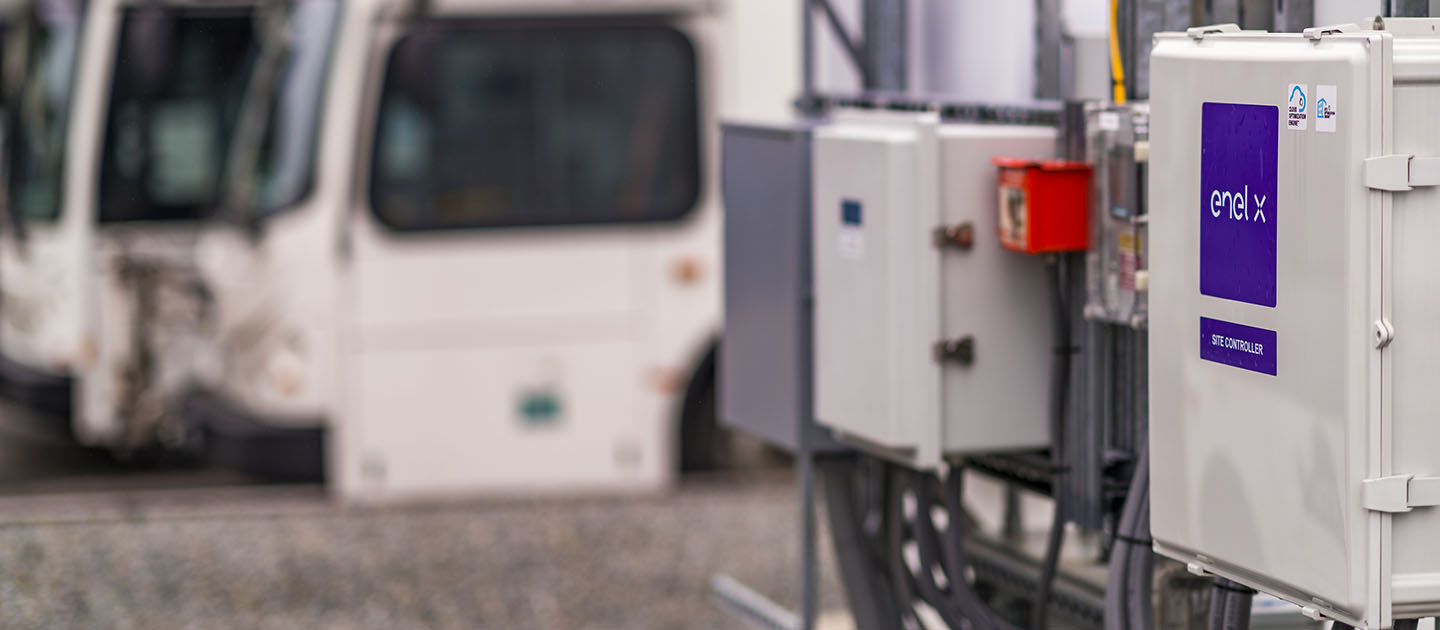New York’s large C&I energy consumers have access to several incentive programs, including:
- State-level incentives such as NY-Sun, federal incentives like the Investment Tax Credit, and utility incentives encouraging non-wire alternatives that can offset a significant amount of upfront capital costs, which can result in more favorable financing options for C&I energy consumers.
- New York State’s Valuing Distributed Energy Resources (VDER) program, which offers long-term compensation for projects that can export power to the grid during periods of high demand.
- Demand response programs administered by NYISO and the state’s electric utilities, which offer payments for C&I energy consumers that can reduce their reliance on the grid during periods of high demand.
These incentives further enhance the business case for solar-plus-storage in New York. With high energy and demand rates, as well as access to several lucrative DR programs, C&I energy consumers in the state can create significant value by storing, consuming, or exporting self-generated power at the right times. Especially when used in conjunction with a VDER rate, batteries can earn additional credits to offset your electricity bills by exporting power to the grid during high-need times as well.
Some facilities have demonstrated the ability to offset overall electricity expenses by as much as 35% through these practices. Additional incentives can also offset more than half of the capital required to install an energy storage or solar-plus-storage system in the state.
Meanwhile, a more distributed electric grid that embraces behind-the-meter energy storage will be cleaner, less expensive, and more reliable and sustainable. This will ultimately result in lower costs for the C&I facilities that rely on it.





